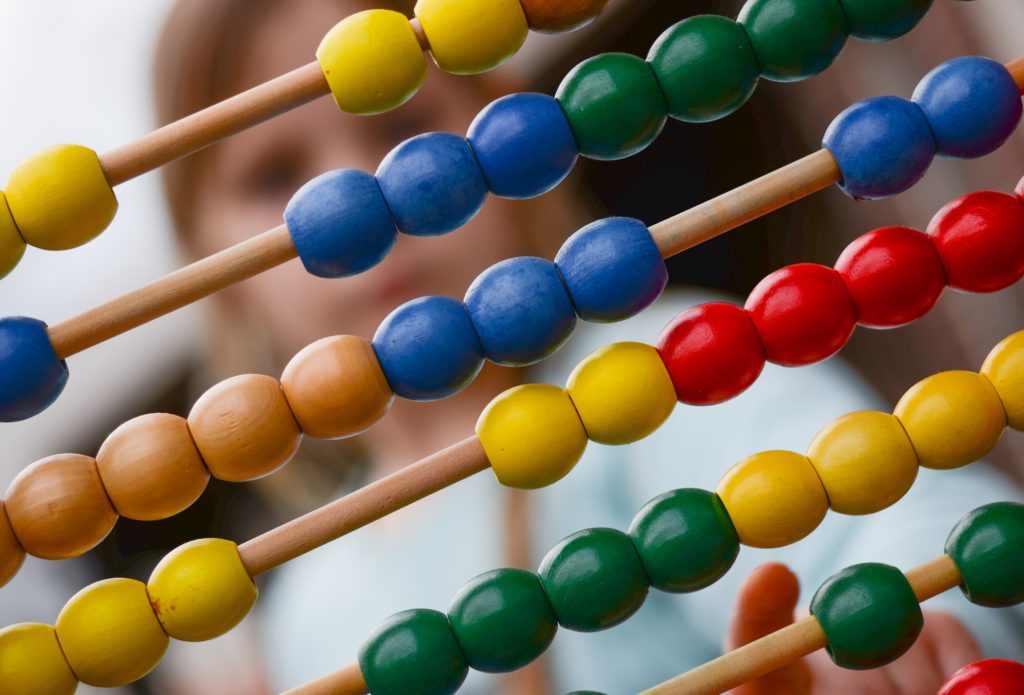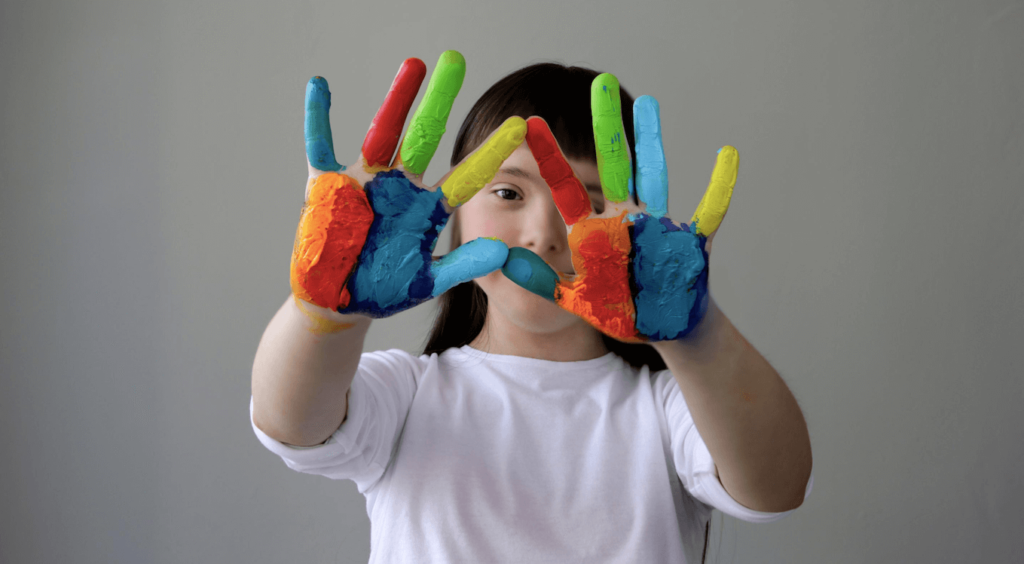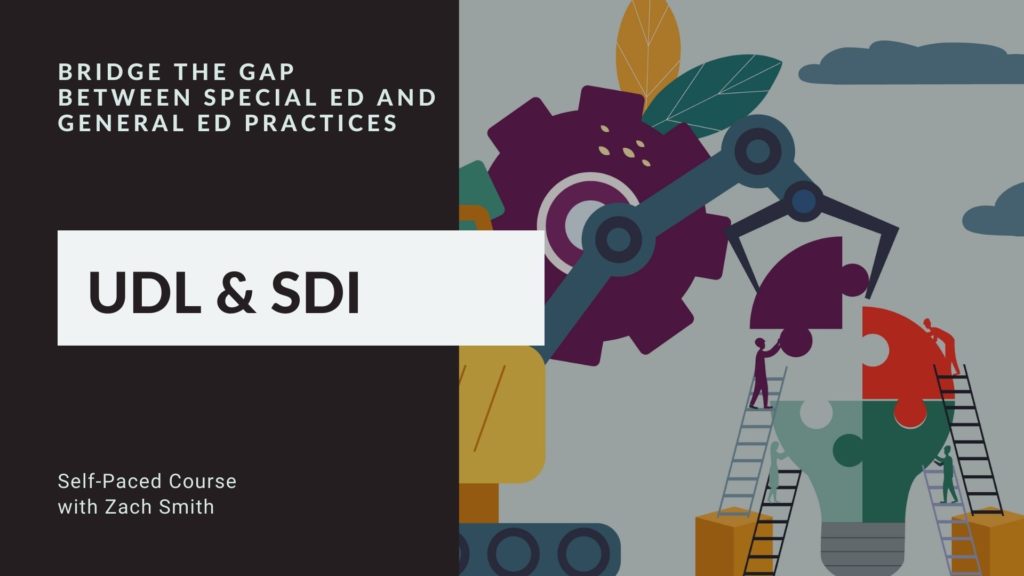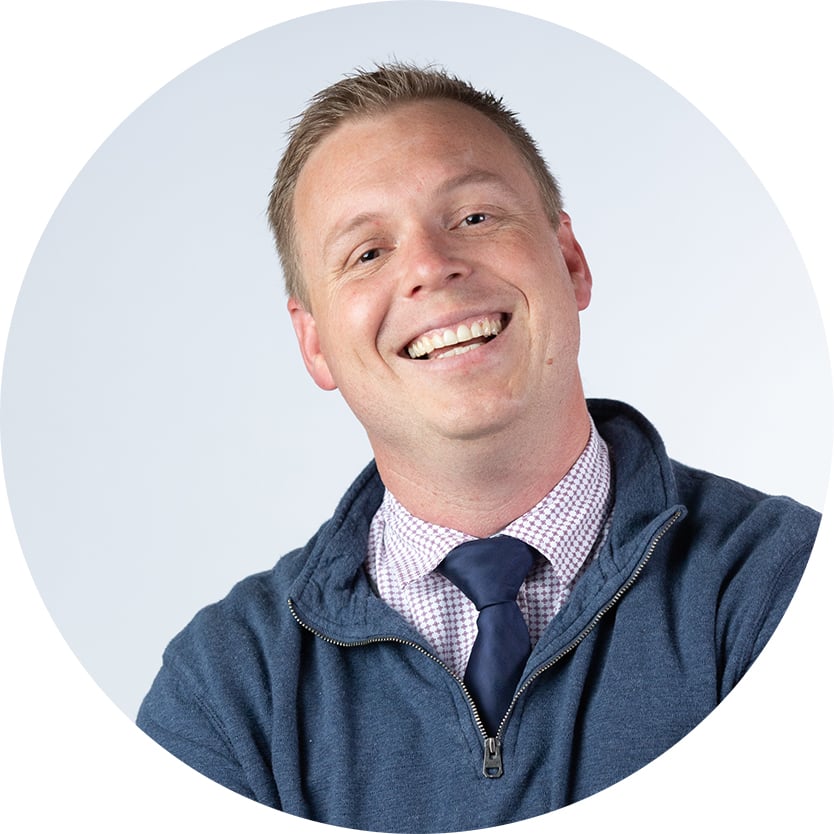How I Learned to Foster Relationships Through UDL and SDI
My first few years as a special education teacher were rocky. I was rich in confidence and poor in knowhow — a very dangerous combination. Having grown up with three adopted siblings with Down syndrome — Meghan, EJ, and Maddy and two adopted siblings from Ethiopia — Mariam and Nathan, I knew the “one size fits all” approach did not work but I had no earthly idea what to do about it. I remember dinner table conversations recounting the most recent IEP battle where a school was trying to push Meghan, EJ, or Maddy out of their grade level classroom. I remember conversations with Mariam and Nathan about teacher after teacher having no idea how to connect with black students and my siblings dealing with being warned who the racist teachers were in their first few days of high school by teachers on their campus. In many ways I came into the profession angry, but limited in knowing how to channel these emotions into a changed system. With these sets of experiences and since there were no inclusion teacher positions in my area, I started my first job working in a lovely little school in California’s Central Valley as a teacher in a self-contained special education classroom.
My first strategy was to find some sort of way to teach that accounted for diversity. Something that could support a teacher in their ability to teach rigorous content to a diverse set of learners with varied strengths and support needs. I remember being at Fresno State and sitting in Emily Nusbaum’s special education class in 2006 and first learning about Universal Design for Learning (UDL). This instructional framework started with the simple idea to teach content in a varied set of ways by providing multiple means of engagement, multiple means of representation, and multiple means of action and expression. I found UDL’s power to actually be its simplicity. I could take the lens UDL provided and apply it to any instructional model. With each new lesson, I could go deeper into the UDL principles, starting with the guidelines and moving to the checkpoints — building my skills incrementally as I learned from each student in my classroom.

So at this point you may be asking where the “rocky” part of my story comes in. A more inclusively designed self-contained classroom wasn’t my goal. In fact, I found the better and more dynamic my teaching practices were, the more enticing it was to push students out of their general education classrooms. Dynamic instructional design was not enough because the system did not have a way to cross pollinate practices. A truly inclusive system needs dynamic instruction to be the starting place for general education and not found only as a practice of its margins. I quickly realized I had to find a way to build more inclusive experiences for my students. Experiences learning in flexible general education classrooms that were ready to meet the needs of any student walking or rolling through the door. This led to my second strategy (and in many ways my toughest learning lesson) — I studied everything I could in how to build inclusive practices. I learned all about individualized participation plans, IEP matrices, goals with built in generalization clauses, ecological inventories and many more strategies. My students came to their general education classes with a folder full of IEP-based and individualized resources. The papers were always crisp and clean, and every teacher had a thoughtfully selected area of the room where those resources were to be housed.
Now this is probably where veteran teachers reading this start to roll their eyes 🙄 because do you know where those beautifully prepared folders ended up staying? You guessed it, in those neatly selected areas of the room — eventually being covered in dust. I made the mistake of starting with the tool instead of starting with the relationship. My wonderful general education peers were so kind and many I’m sure glanced at the resources, but realistically they didn’t have time to pour over them like I was hoping they would. They had common formative assessments to grade, phone calls to make, lessons to design, report cards to craft, and many other duties related to their teaching a class of 30+ students. I was trying to support them from my vantage point as a special education teacher. I wasn’t taking the time to build professional relationships, learn the challenges they were facing in their classrooms, and discover their hopes and anxieties related to the students coming from my classroom. I could sit back and complain about the several millimeter thick layers of dust covering my students’ inclusion folders or I could get to know my general education peers and unearth the root cause for why these supports were not being consistently put in place.
"Relationships need to drive everything when thinking about building more inclusive and better designed instruction."
I made the rookie mistake of starting with a tool over the relationship. Those first few years of teaching taught me relationships need to drive everything when thinking about building more inclusive and better designed instruction. And in order to cultivate these relationships (whether with our students or our peers) we need to be humble enough to learn other’s perspectives and discover what they daydream and have nightmares about. It wasn’t until I scheduled weekly meeting times with those teachers and learned more about their instructional expectations, support needs, hopes, and anxieties related to including students with disabilities that I was able to design tools they actually found useful. It was in these meetings where we eventually co-designed ongoing collaborative communication tools/strategies that actually worked and were much more relevant, intuitive, and actionable then anything I could have prepared on my own. And to add icing on the cake, the time spent in collaboration ended up saving me time because I now knew where the actual pain points were for my teammates and overtime we built a strong enough rapport to address instructional issues head on rather than guess what the other teammates were thinking. Gradually we also learned from each other more broadly, my general education partners began incorporating UDL as they discovered the positive ways a flexible model impacted students coming into their classroom and I started to develop a more rigorous series of expectations for my students to apply UDL to as my general education partners exposed me to the non-negotiables of their content standards. Together we took steps to be a more deliberate problem-solving organization, where the diversity of our students and our positive working relationships pushed us to be better as individuals and better as a team as we learned from each new student and their unique needs.

So in closing, learn from my mistakes – foster relationships before strategies and support tools and apply UDL within the context of your collaborative team to create engines of innovation, problem-solving, and inclusivity. You’ll be better for it and your students will be empowered as your team learns from them and their amazing variability.
To learn more about ways to foster general education and special education partnerships in both in person, virtual, and hybrid learning spaces please check out my new asynchronous course – Universal Design for Learning & Specially Designed Instruction.




